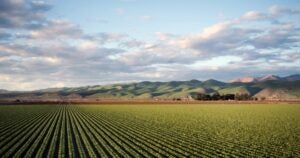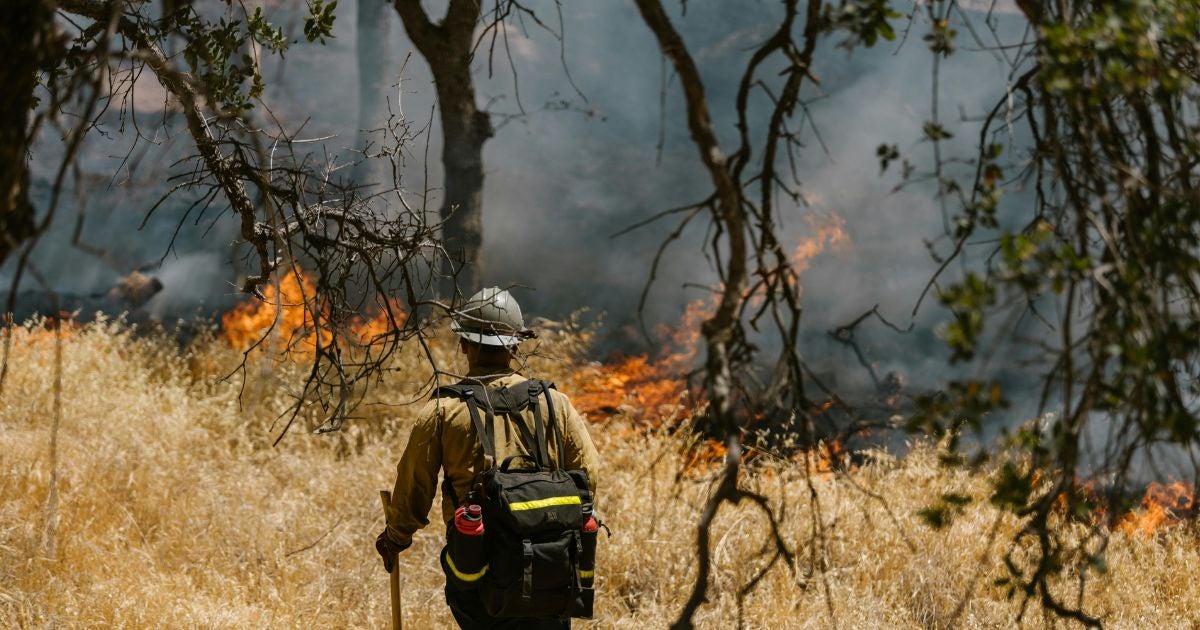
California auction results underscore need for ambition and certainty in cap-and-trade market
Results were released today for California’s fourth cap-and-trade auction of the year, which was administered last week by the California Air Resources Board (CARB). Auction prices in the joint California-Quebec market (known as the Western Climate Initiative, or WCI) have trended downward this year, reflecting growing uncertainty among market participants about how best to plan their compliance strategies in the absence of regulatory or legislative clarity. A clear commitment to ambitious reductions in climate pollution and long-term market stability are urgently needed.
November auction results
- All 52,629,612 current vintage allowances — or emission allowances valid for compliance this year — offered for sale were purchased, resulting in the 17th consecutive sold out auction. This is 1,449,897 more allowances than were offered at the previous auction.
- The current auction settled at a price of $31.91, $7.87 above the $24.04 price floor and $1.67 above the August settlement price of $30.24. Today’s settlement price is also notably below those from the February and May auctions, which settled at $41.76 and $37.02, respectively.
- All of the 7,211,000 future vintage allowances offered for sale were purchased. These allowances can be used for compliance beginning in 2027. This is the same number of future vintage allowances that were offered at the previous advance auction.
- Future vintage allowances settled at $30.16, $6.12 above the $24.04 floor price and $0.41 above the August settlement price of $29.75. This is also well below the settlement prices seen earlier this year — in February the advance auction settled at $41.00 and in May it was $38.35.
- This auction is expected to generate roughly $990 million for the Greenhouse Gas Reduction Fund.
What these results mean
These results are indicative of the urgent need for action and clarity on California’s landmark cap-and-trade program. CARB needs to increase the program’s ambition to reduce climate pollution in the near-term, and the Legislature should swiftly act to reauthorize the program beyond 2030. Price fluctuations, like those seen in the WCI this year, are not surprising given the lack of clarity and persistent delays from CARB about pre-2030 allowance budgets and allocation, and the expectation that the California Legislature will be taking up a bill on cap-and-trade reauthorization in the coming year.
This is a program that works best when there’s certainty about its future — which is why it’s so urgent for CARB and the Legislature to move forward and provide clear and ambitious direction as soon as possible.
Need for regulatory certainty and an ambitious cap
As we’ve long said, the key part of cap-and-trade is the CAP — the binding, declining limit on planet-warming emissions that ensures California’s emissions go down at the pace and scale required to meet the state’s climate targets. It’s absolutely essential that the cap is properly calibrated to achieve those targets — that is, the amount of allowances in the cap-and-trade program needs to be aligned with the declining amount of emissions California can afford to release and still be on track to meet its goals.
Over the past few years, CARB has been evaluating how to adjust its emissions budgets in accordance with the targets laid out in the 2022 Scoping Plan, which sets a goal of achieving 48% reductions below 1990 levels by 2030. To achieve that target, CARB needs to remove allowances from the program. This year, through a series of public workshops and comment periods, CARB has presented and taken feedback on a variety of ways in which they could make those reductions. You can find EDF’s recommendations on this process and the pathway CARB should pursue in our blogs here.
Due to delays on the release of the formal rulemaking package, we still don’t know which pathway CARB is planning to pursue — how many allowances they’re expecting to remove from the program and whether those allowances will come from auction supply or free allocations to industry and utilities.. That makes it very difficult for covered entities to figure out their compliance strategies and drives overall uncertainty about what this program looks like.
The lack of clarity about this rulemaking is likely contributing to the fluctuating auction prices we’re seeing. Fluctuating prices, particularly the price drop we’ve seen in the past three auctions, directly hurts the Greenhouse Gas Reduction Fund (GGRF) which the state depends on for a variety of climate and Environmental Justice programs.
Need for legislative leadership
A secondary contributor to current uncertainty in the cap-and-trade market is the need for Legislative action on program extension beyond 2030. The Legislature should act as quickly as possible and clarify the authority of CARB to continue administering this crucial program, ensuring that it continues to be an ambitious and effective backstop on emissions while raising urgently-needed revenue for the Greenhouse Gas Reduction Fund. Legislative action could be a critical part of stabilizing allowance prices; in 2017, when the Legislature last considered program extension, the passage of AB 398 helped stabilize the fluctuating auction results that the WCI saw as it approached its statutory 2020 end date. Clarity on the future of the program gives market participants the long-term certainty they need and incentivizes polluters to invest in decarbonization in the near term. If a company is sure that cap-and-trade will be a strong, ambitious program for years to come, they’re more likely to make those decarbonization investments so that as time goes on, their emissions decrease and they have to buy fewer allowances. If the future is unclear, those companies may take a “wait and see” approach and not invest in those new, cleaner technologies. This is why long-term clarity and durability is so important and why reauthorizing the cap-and-trade program beyond 2030 should be taken up by the Legislature as soon as possible.
Looking towards linkage
Another potential price stabilization tool that California and Quebec are exploring is market linkage with the cap-and-invest program in Washington state. Washington’s program is wrapping up its second year of auctions, and — thanks to the landslide defeat of a ballot initiative seeking to repeal the program — will get to continue delivering benefits and investments in climate action for Washingtonians, all while slashing harmful emissions.
The defeat was a resounding vote of confidence for cap-and-invest: 62% of Washington voters opted to protect the program, and over 500 organizations came together in its defense, including Environmental Defense Action Fund. This result in the Evergreen State shows that ambitious climate action is not only possible — it’s popular.
When cap-and-invest was first established in Washington, it was designed to be compatible with California and Quebec so that the three jurisdictions could consider linking their programs. California, Quebec and Washington have issued multiple joint statements this year announcing their intent to explore linkage, but all three jurisdictions need to follow their own processes and rulemakings in order to actually make that possible. This is another reason for CARB and the California Legislature to act with urgency on the current rulemaking and reauthorization discussion — if California hopes to achieve linkage and realize its benefits soon, they need to affirm the future of their program and then quickly take on the necessary steps to link with Washington.
As Donald Trump prepares to take office for the second time in January, the need for ambitious state-level action on climate is clearer than ever. California must continue to lead the way for states and act with the urgency that this crisis demands.
We’ll be sharing more updates and analysis throughout the rulemaking and legislative process, so stay tuned for future updates.












